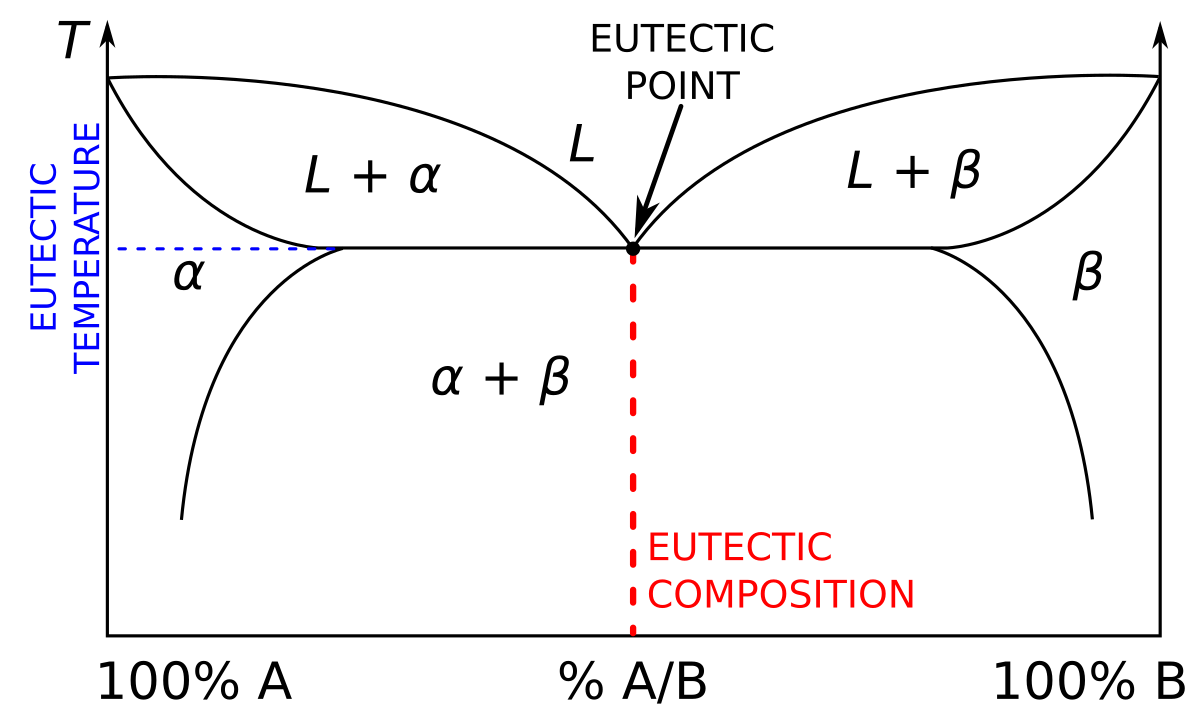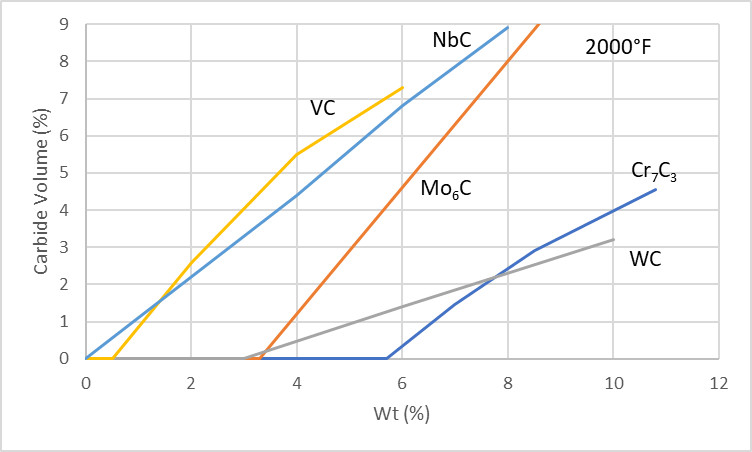- Joined
- Aug 5, 2001
- Messages
- 4,306
Properly done 1095 is a good knife steel, not so well done its scrap metal.
That is pretty much true of any steel, and the real crux of this thread.
1095 is relatively inexpensive, so it has been (and continues to be) used by multitudes of makers across multitudes of knife models. That means there is greater probability that a mediocre maker with mediocre heat treatment can bang out tons of knives that have the potential of being sub-standard when compared to high-end makers using high-end steel. The high-end maker can afford premium steels, and typically have the resources and expertise to consistently nail the heat treatment on their products.
Give 1095 to a proven manufacturer, many who have been named in this thread - and 1095 has the capability of turning into decent, tough, and dependable tools.
Done properly and consistently, 1095 is a very capable jack-of-all-trades steel and makes for a good knife. It's been around forever, and it isn't going away any time soon.
On the other hand, you don't see many people complaining about M390 or S90V or Elmax (for example) for good reason. It is expensive and the makers who use it have no choice but to do it properly, as their livelihood depends upon it. A mediocre maker makes up for it in volume by using 1095 (for example), and if a bad one slips through, it is not as much of a financial hit, as they make up for it in quantity due to the relatively affordable cost of pumping out 1095.
But it's not about the steel - it is about how that steel is hardened and tempered. Even M390 is Jello if not done correctly.
Why does everyone think 1095 is tough? Because done properly, it is. (Mic-drop)
Last edited:



